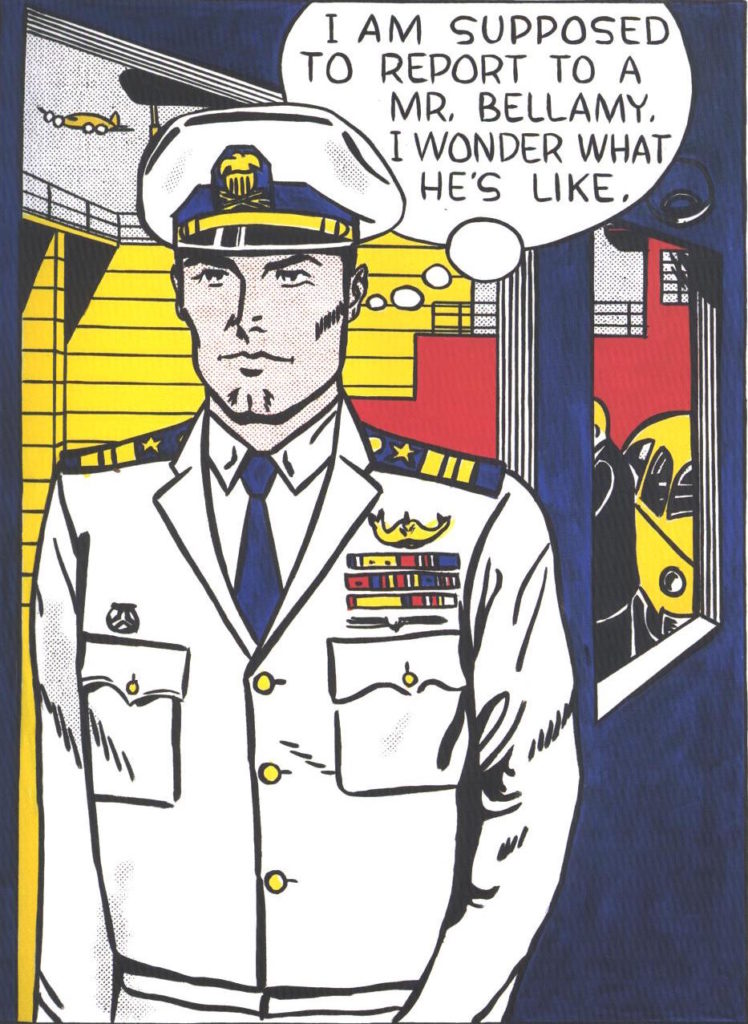Opinion
A New Biography of Dealer Richard Bellamy, Roy Lichtenstein’s Mystery Man
THE DAILY PIC: Judith Stein's new life of 1960s art dealer Richard Bellamy shows he was always unshocked by the new.

THE DAILY PIC: Judith Stein's new life of 1960s art dealer Richard Bellamy shows he was always unshocked by the new.

THE DAILY PIC (#1633): “Look at things that bother and agitate you. The things that you don’t like are probably the things that challenge your brain.” That always-wise advice – and modern-art cliché – was uttered by the great 1960s art dealer Richard Bellamy, who is especially dear to my heart because his Green Gallery was the first commercial space to show the work of my hero Andy Warhol, in a group show in June of 1962. I’m quoting Bellamy’s words from Judith Stein’s lovely new biography of him, called Eye of the Sixties: Richard Bellamy and the Transformation of Modern Art (Farrar, Straus and Giroux). The book will be the subject of a panel discussion tomorrow evening at the New York Public Library with Stein, a number of artists and Bellamy’s son Miles, who just published a selection of his father’s letters.
Another Pop artist that Bellamy backed, rather more wholeheartedly than Warhol, was Roy Lichtenstein, who painted the clever 1961 homage to Bellamy that is today’s Daily Pic. Aside from homage, the canvas also gives a tiny dig at the dealer-artist hierarchy, and maybe at the fact that Bellamy’s gallery was supported by the taxi magnate Robert Scull. (Stein points out the cab at the curb in the background.)
Something important comes clear in the book: In the first moments of post-AbEx art in the ’60s, all the experiments counted as part of the same cultural ferment. The tidy “movements” that we now use to divide up the art hadn’t gelled or been named yet. In that first group show that Warhol was in, his huge painting of dollar bills competed with, or was complimented by, a giant minimalist floor-slab by Robert Morris – even though Minimalism is usually billed as a movement that followed after Pop Art, and fought against its premises.
Stein gives a nice quote from the painter Larry Poons: “There weren’t any distinctions made between the abstractness of, say, Stella, Lichtenstein or Warhol. Nobody was drawing any lines … everything existed together on the same wall, and it was fine.” (Lichtenstein image courtesy Modern Art Museum of Fort Worth, © Estate of Roy Lichtenstein)
For a full survey of past Daily Pics visit blakegopnik.com/archive.